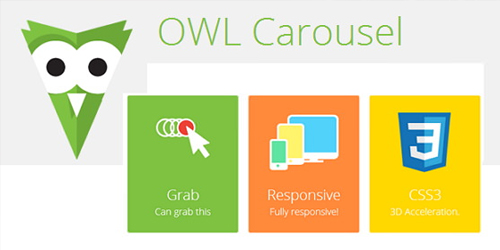In .NET Core MVC, Middleware allows your application to run in the background. He is like a secret hero who works and manages every desire. These components come from It performs various operations on the path of the request until it reaches the destination, and when necessary shapes the response and improves your application's performance, security, user optimizes your experience.
Middleware What is it?
Middleware is a small software that runs on every request that comes to your application. They are modules. Simply think, when a request comes to your application, it The request passes through Middleware layers. Specific operations at each layer is done; for example, authentication control, logging or error management. This provides better control of your application and each component has its own can do its job.
Middleware Here are some of the things you can do with:
- -Monitor and control requests to
- -Adding security validations
- -Providing performance analytics
Middleware How Does It Work?
Middleware in .NET Core MVC uses a pipeline(pipeline) It works with logic. When the request arrives, each Middleware along this pipeline It works sequentially. Each Middleware forwards the request to the next one or generates a response. That is, which Middleware will run in your application and when? is important.

Example First, let's add a logging Middleware:
app.Use(async (context, next) => { Console.WriteLine("A request was received: " context.Request.Path); await next.Invoke(); ; |
In this example, the path of each incoming request is printed to the console and The request is then sent to the next Middleware in the pipeline. It's simple structure allows you to monitor the entire operation of the request when necessary.

.NET Core Using Middleware in MVC
Middlewares in Configure method in .NET Core MVC you can add Configure method of Startup.cs file This is where you determine the middleware ranking. Here are a few commonly used Middleware:
- Authentication Middleware: Used for authentication operations.
- Exception Handling Middleware< span style="line-height: 107%;">: Catches errors and shows a proper response.
- Static Files Middleware< span style="line-height: 107%;">: Serves static files (CSS, JS, etc.) to clients.
It's simple make an example in a Startup.cs fileı:
public void Configure(IApplicationBuilder app, IWebHostEnvironment env) { if (env.IsDevelopment()) { app.UseDeveloperExceptionPage(); } else { app.UseExceptionHandler("/Home/Error"); } app.UseStaticFiles(); app.UseRouting(); app.UseAuthorization(); app.UseEndpoints(endpoints => { ; endpoints.MapControllerRoute( name: "default", pattern: "{action=Index}/{id?}"); ); } |
Middleware Managing Traffic with
Middleware helps you manage your application's traffic and It is a great tool for processing in a controlled manner. For example, intense applying rate limiting in a web application You can protect your server or automatically protect users in certain situations. You can inform.
A You can easily control traffic by adding middleware.

Middleware in .NET Core MVC , your application is running in the background As the protagonist, he directs how each request will be handled. This strong structure Thanks to this, you can make adjustments in many areas of your application, from security to performance. can make your application more controlled and user-friendly. you can provide. Remember, when you establish a correct structure with Middleware, you can make a big difference in the success of your application.




